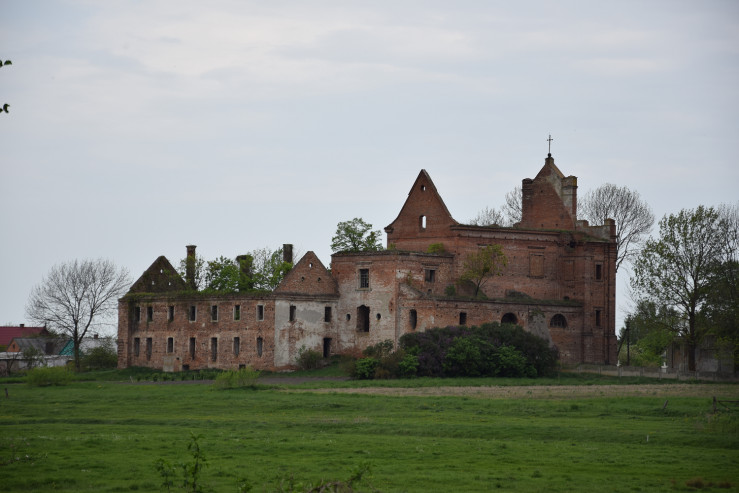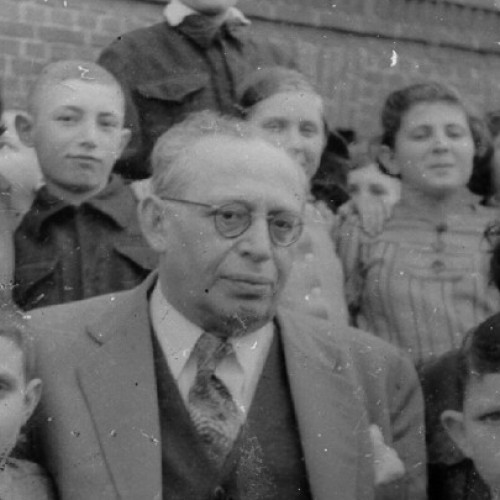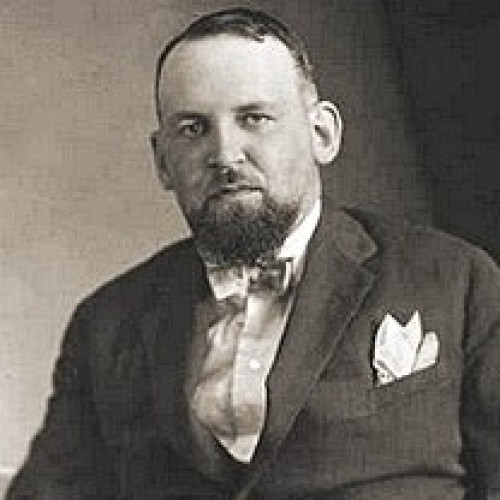Paraskewa Padlewska - Instytut Pileckiego

“Housewife” – the official term used to describe women who were not gainfully employed does not reflect the resourcefulness which Paraskeva Padlevska displayed.
When the Second World War broke out, she and her husband ran a farmstead in Kisielin, and her duties included grazing cows and harvesting. At the time, Kisielin was a township like many in Volhynia: vibrant and multi-ethnic. Padlevska and her husband were Orthodoxes, and their farm neighbored on the house of a Catholic family, similarly to how the Orthodox Church of Michael the Archangel adjoined the baroque Church of the Immaculate Conception of the Blessed Virgin Mary. But in the summer of 1943, this Roman Catholic temple was turned into a smoldering ruin. On 11 July, just after Sunday Mass, it was surrounded by members of the Ukrainian Insurgent Army (faction of the Organization of Ukrainian Nationalists). The brutal attack resulted in the deaths of approximately 90 people. Some of the faithful hid in the presbytery, hoping to protect themselves from the assailants.

Among the Poles who were wounded during the siege was Włodzimierz Sławosz Dębski. For the next few days, Dębski remained with his parents at Liubov and Anton Parfenyuk’s farm. His condition worsened, however, and it soon became clear that he required hospital treatment. But there were still Banderites in the area, while the infirmary in Łokacze was over 20 kilometers aways! His mother and Paraskeva jointly decided to transport Włodzimierz to the hospital. The latter also undertook a task that required courage. She chose the road carefully:
“We drove near the cemetery, then along the dirt road to the Oździutycze [now Ozyutychi] highway, and thence to Zapust, whereupon we turned left through Trystak and Rudnia [now Rudnya] [now Rudnya] to the Włodzimierz [now Volodymyr] [now Volodymyr] road. It was quiet everywhere,”
Włodzimierz Dębski recalled. Thanks to her common sense and sheer cunning, Paraskeva successfully reached the clinic, thereby saving the life of her wounded charge. She died circa 1960.
“I asked to be taken to hospital. A Ukrainian woman, Paraska Padlevska, agreed to take me. My future father-in-law, Antoni Sławiński, lent his horses. They loaded me onto a cart, my mother got on as well. We drove by the cemetery, then onto a dirt road to the Oździutycz [now Ozyutychi] route. Through that road we got to Zapust and went left through Trystak and Rudnia [now Rudnya] to the Włodzimierz [now Volodymyr] road. It was quiet everywhere.”
Włodzimierz Sławosz Dębski, W kręgu kościoła kisielińskiego, czyli Wołyniacy z parafii Kisielin, Lublin 1994
See also
- Władysława Nagórka z d. Lech (1895—1981)

awarded
Władysława Nagórka z d. Lech (1895—1981)
Antoni and Władysława Nagórka lived at the edge of the town. Before the war, Antoni worked for the railways, and Władysława was a housewife. During the war they saved five Jews from the Holocaust.
- Abraham Silberschein (1881—1951)

awarded
Abraham Silberschein (1881—1951)
He was a member of the Ładoś Group, which issued illegal Latin American passports to European Jews. His role in the group was to provide lists and photographs of people who were to receive the passports.
- Aleksander Ładoś (1891-1963)

awarded
Aleksander Ładoś (1891-1963)
He was the leader of the group which issued illegal Latin American passports to persecuted Jews. Ładoś gave the group diplomatic protection.


